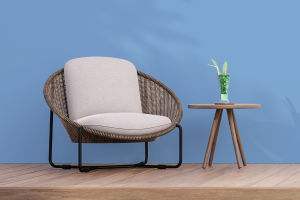The "7-second rule" is a well-known concept suggesting that individuals can form an initial impression within a brief seven-second window, with color playing a dominant role, influencing approximately 67% of that decision-making process.
This principle holds immense significance in various spheres, particularly in design, where color is a powerful tool for communication and expression.
Within the intricate world of floral artistry, the effective utilization of color can transform a simple arrangement into a captivating masterpiece, capable of evoking a myriad of emotions and sensations.
Understanding the nuanced dynamics of color harmony is essential for any florist seeking to create impactful and visually arresting compositions. Here, we explore five fundamental principles of color coordination in floral design, each offering distinct opportunities for creative exploration and expression:
1. Analogous Colors:
Embracing analogous color schemes involves selecting flowers within the same color family but varying shades and tones. For instance, combining white, pink, and red hues creates a serene and cohesive palette that exudes understated elegance and grace.
2. Complementary Colors:
Contrasting colors positioned opposite each other on the color wheel, such as yellow and purple or red and green, create dynamic visual tension and vibrancy. When balanced effectively, these complementary pairings can infuse arrangements with energy and allure, captivating the viewer's gaze.
3. Similar Tones:
Delicate and muted tones within the same color family offer a sense of subtlety and sophistication. By incorporating flowers with soft pastel hues or gentle gradients, floral designers can evoke tranquility and serenity, ideal for conveying sentiments of romance or nostalgia.
4. Approximate Complementary Colors:
Expanding upon traditional complementary pairings, this approach combines colors adjacent to each other on the color wheel with their complementary counterparts.
For example, pairing warm tones like orange and red with cool shades of blue or green creates a harmonious fusion of contrasting elements, resulting in balanced and cohesive compositions.
5. Primary Colors:
Harnessing the boldness of primary colors—red, yellow, and blue—can yield compositions that command attention and exude confidence. When judiciously integrated, these vibrant hues create a sense of drama and vitality, making them particularly well-suited for celebratory occasions or bold statements of creativity.
Incorporating these principles into floral design enhances aesthetic appeal and fosters more profound connections between the viewer and the arrangement, eliciting emotional responses and igniting the imagination. As floral artistry continues to evolve and innovate, mastering the art of color coordination remains a cornerstone of creative excellence, enabling florists to craft unforgettable experiences and leave lasting impressions on those who behold their creations.


